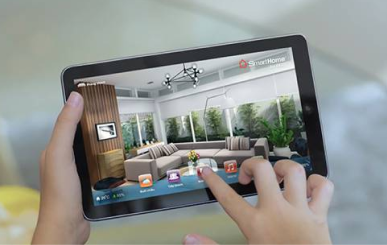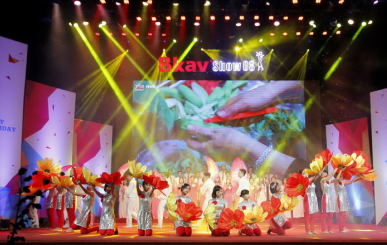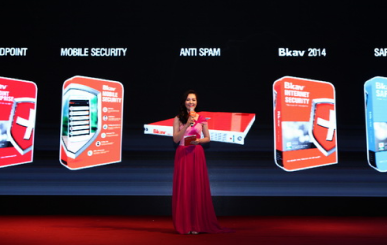Recently, a new phenomenon of faking mobile phone numbers has emerged, causing bewilderment among public. Seeing that this problem is having considerable impact on the community, Bkav has conducted research to find out the truth behind it, and give recommendations to users.
How is a fake call made ?
Technically, when a conventional phone call is made, the phone is directly connected to a telecommunication network via Base Transceiver Station (BTS). Via such BTSs, callers' numbers are automatically taken from the phone's SIM; and thus, are genuinely displayed. Therefore, faking number is not easy in this case.
However, currently, Internet-based calls are allowed by most of network providers. Such calls are made by means of a software which connects to a server providing Internet service (in recent incidents, this server is located outside Vietnam). Next, the call is directed from the server back to network providers in Vietnam. Eventually, the call is transmitted to the target phone via telecommunication network system (BTS's transmission) as usual.

Making software-based calls following this way, callers do not have to use SIM as usual. Therefore, caller's phone number is not taken from SIM as in traditional method, but is arbitrarily entered onto the software. Problems arise from this since anyone who can use this software is able to generate fake phone numbers. Telephony software is able to be run on computers or smartphones on condition that they are Internet-connected (via 3G, GPRS, Wifi, etc.).
Fake calls in the past few days in Vietnam are made by software developed specifically for iPhone. Thus, iPhones are misunderstood to be the source of such fake calls. In fact, fake calls can be made from any mobile phones or computers as long as they are Internet-connected and can run this software.
Similarly, SMS messages can also be easily faked.
What are the solutions?
In a fake call, the caller's phone number format is changed to differentiate from Vietnamese number format, or the caller's number-hidden-mode is adopted. Currently Vietnamese network providers are applying some corrective measures by filtering Internet-based calls. However, such measures have not achieved stable results. The problems still occurs. Furthermore, SMS messages are still faked. Therefore, mobile phone subscribers are supposed to actively take preventive actions against such problems.
How to recognize a fake call ?
For a normal call, the caller's number displayed on the phone's screen has the same character-length as the receiver's one. In fake phone calls made via the Internet, the caller's number is usually displayed with country code. So if you receive a phone call assuming from whom you know for sure is in Vietnam, but the number displayed has a country code, you can almost ascertain that it is a fake call.
In the market, currently, not all mobile phone lines offer the features of displaying both callers' names (from phonebook) and numbers at the same time. Such mobile phone owners on finding the received calls suspicious can look at the call history and take the exact number for a double-check following the aforementioned way.
As for SMS faking, up to now, there have been no corrective measures. Thus, you are recommended not to place absolute trust on messages received, do not adopt messages as a means of communication in official transactions.
Bkav





